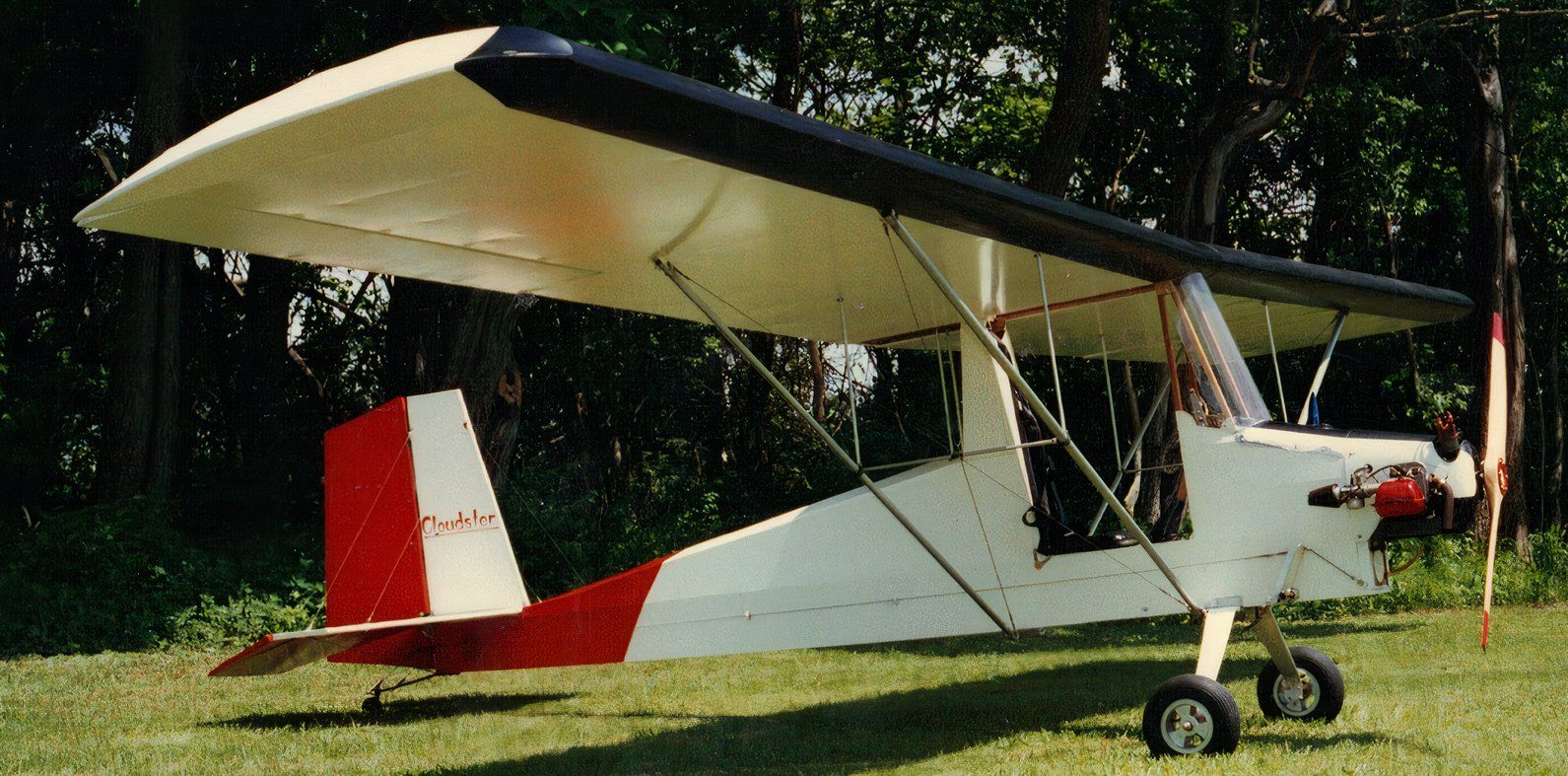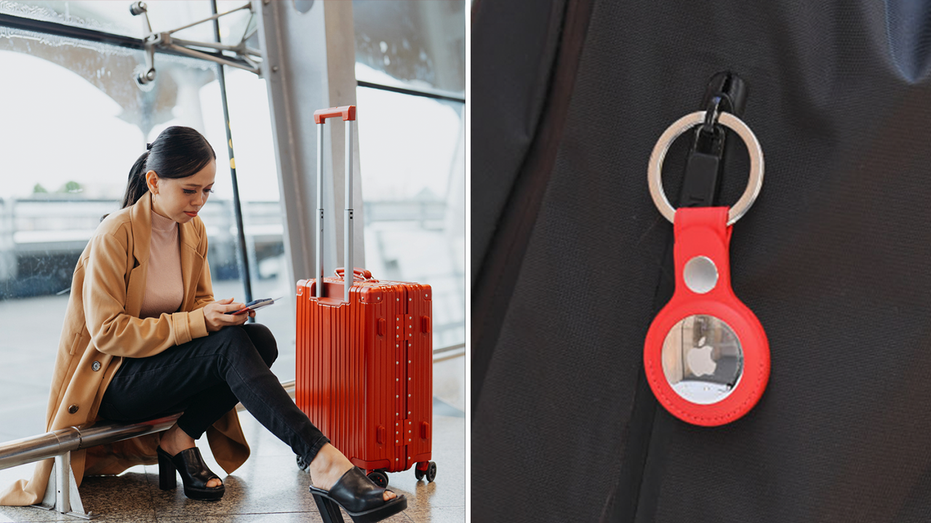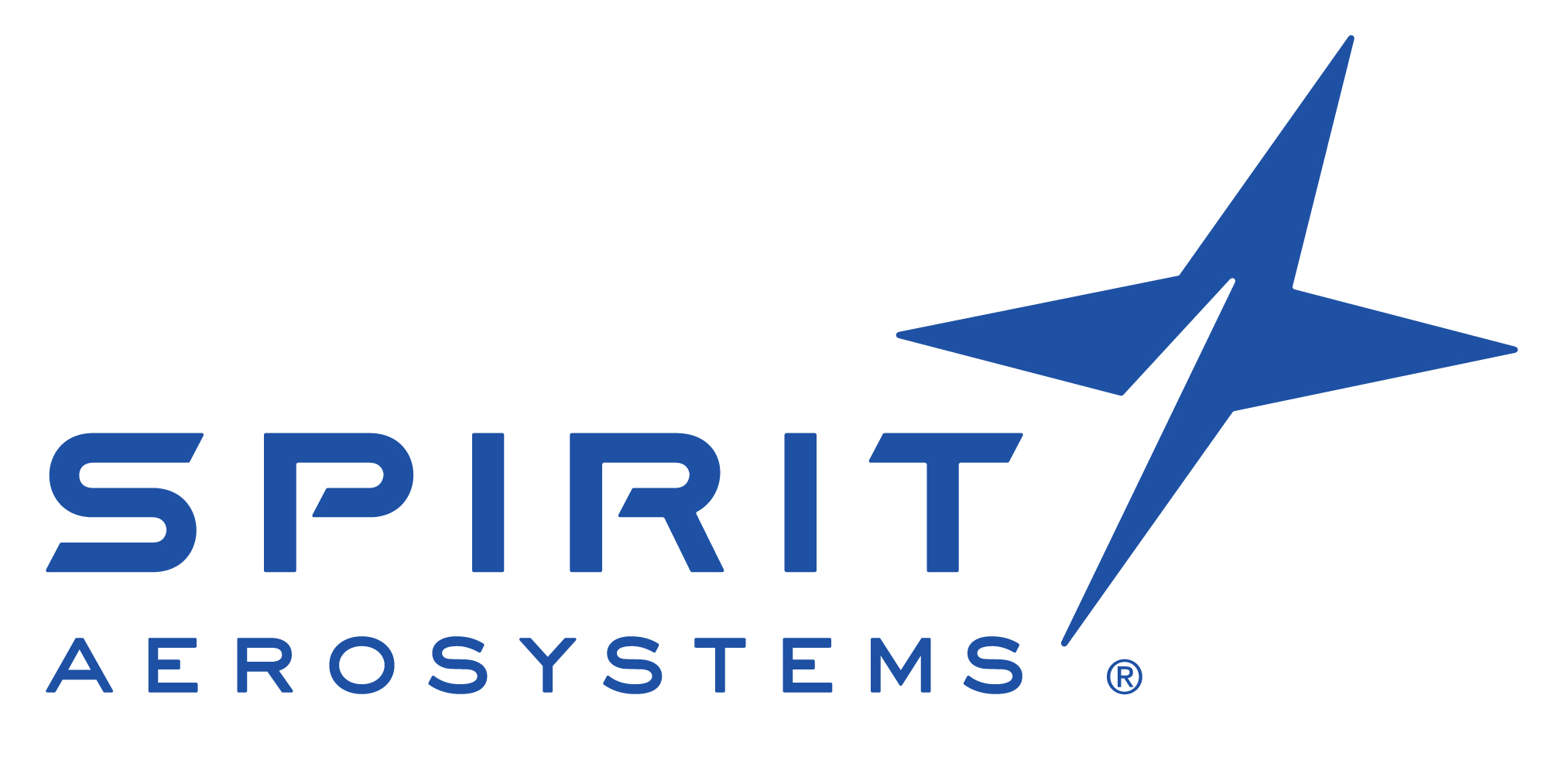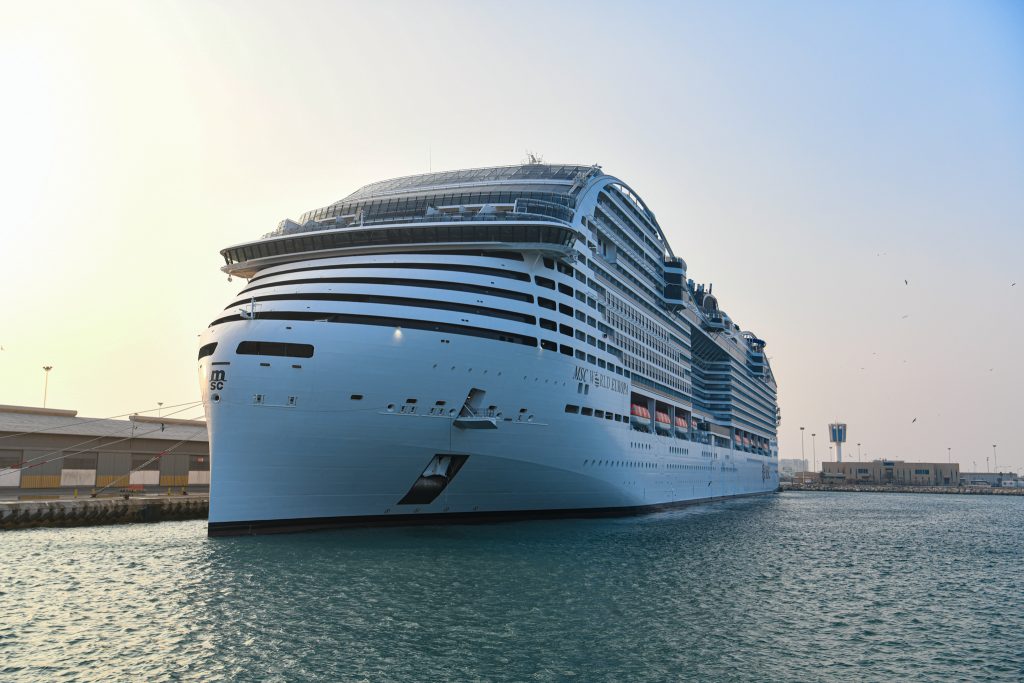Summary Ultralight aircraft are simplified flying machines for fun and recreation, not requiring the same government approval as standard airplanes. Ultralight aircraft have unique features like open-air cockpits, metal tubed frames, and sometimes no airframe at all. Types include fixed-wing planes, powered parachutes, helicopters, trikes, and gyroplanes, catering to diverse preferences.
While owning a standard airplane is a significant responsibility, there are smaller, more accessible options available. Even a two-seat Cessna 150 or Piper J-3 Cub can be a substantial undertaking. However, there are aircraft that are even smaller and simpler.
Let me introduce you to the world of ultralight aircraft, where the sky is not just a limit, but an invitation. In the 1920s and 30s, flying enthusiasts sought to create lightweight, easy-to-fly aircraft. At the time, hang gliders were popular, allowing pilots to take off by running down a hill.
Some owners even attached small engines to these gliders, calling them "glide extenders." However, it was not until 1975 that John K. Moody successfully attached a 121⁄2 horsepower engine to his own glider, sparking a widespread trend.
Having tested various engines on various hang gliders, Moody is now recognized as the "Father of Modern Ultralight Aviation." The plane difference Ultralight aircraft are essentially stripped-down, single-person planes designed for fun and recreation. They are so simple that they don't even require the same leve.

















